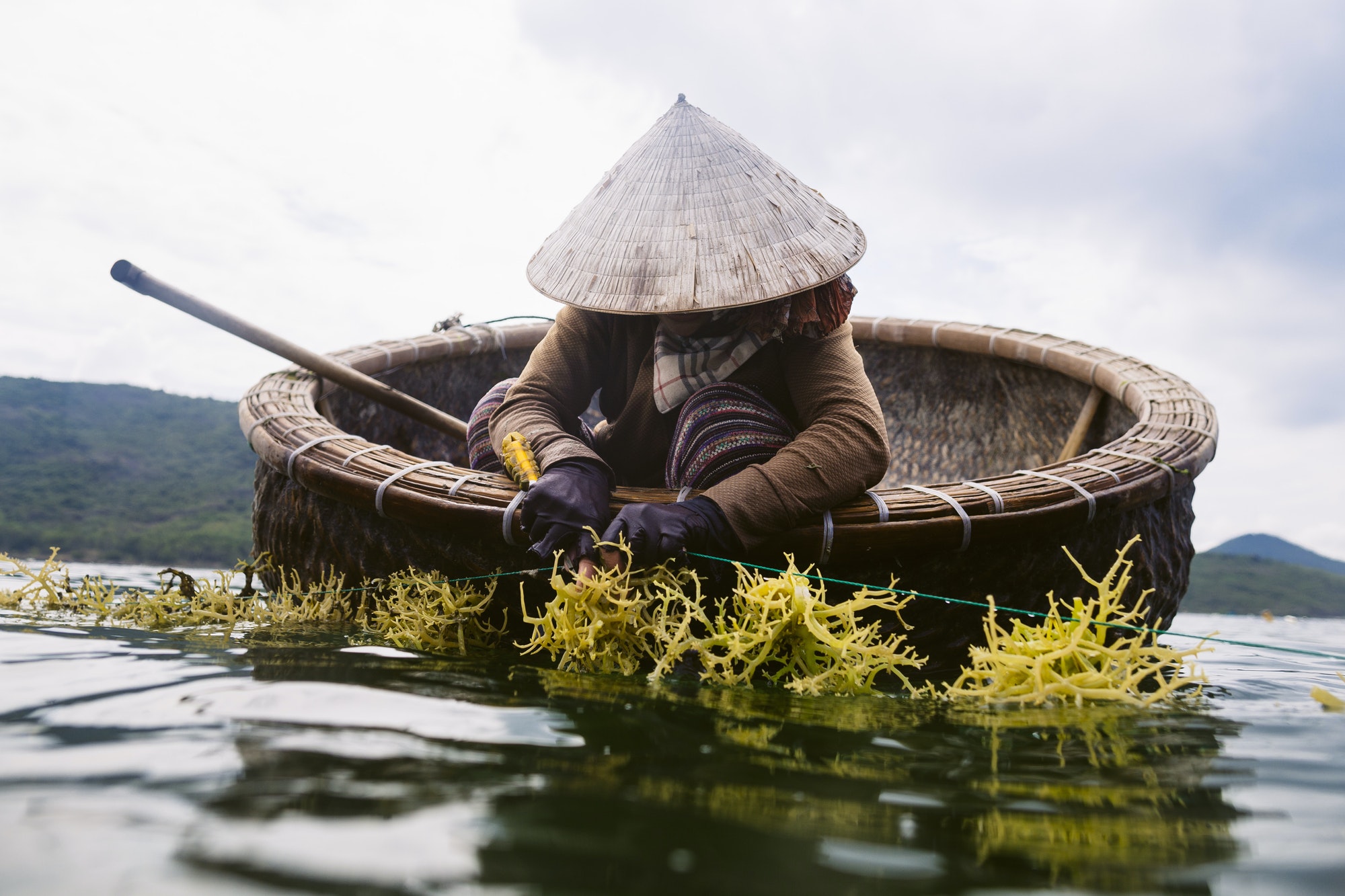Resources
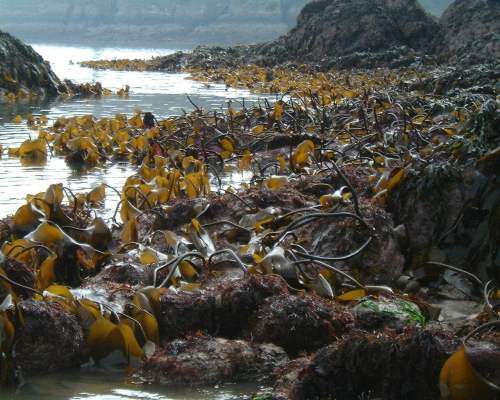
Unleashing the power of seaweed
Seaweed is a family of marine plants that regroup around 1500 individual species with each species holding unique structures and ingredients that can be used for various applications.
Despite its rapid growth and global presence, seaweed remains a resources threatened by current challenges such as global warming and human presence. Harnessing its potential and creating a durable and renewable strategy is key.
Here you will learn more about seaweed impact on the industry, greenhouse gases, marine ecosystems, coastal communities and women employment.
What's at stake ?
Ocean
Coastal Communities
Climate
Livelihoods
How is seaweed used?
Where can I find seaweed?
Seaweed can be found in every ocean in the world. You can find some growing on rocks near the coast, in large underwater forests or even floating on the surface of the water.
Seaweed thrives in all coastal areas, from the freezing dark waters of the Arctic to the warms shallows of Zanzibar.
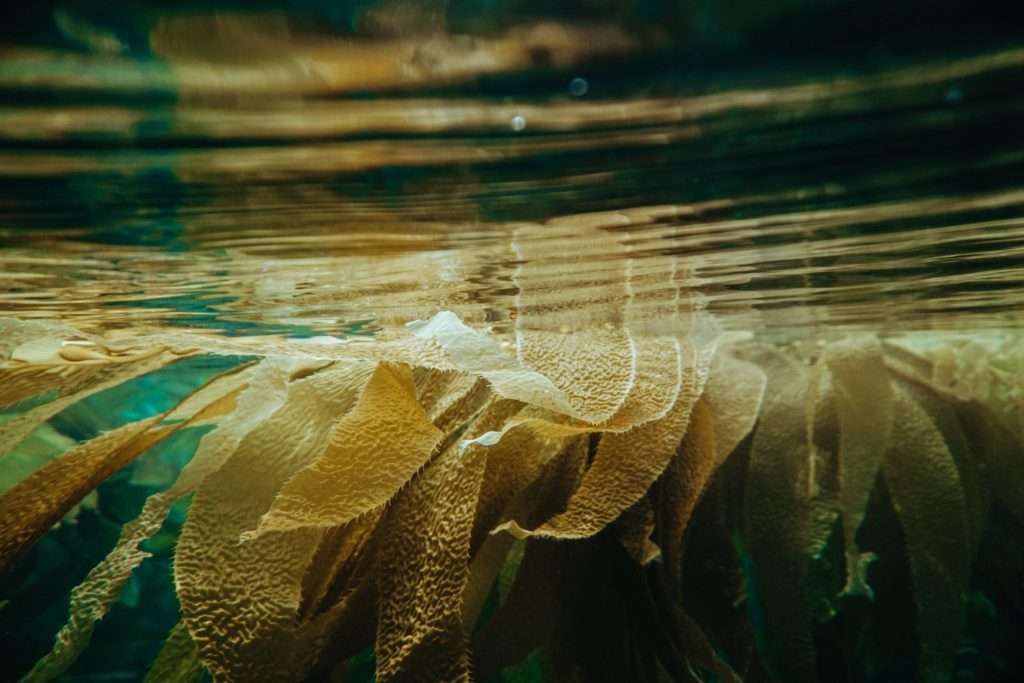
Seaweed, ocean's guardian
Seaweed is an essential player in marine ecosystems.
Unlike many land crops, seaweed can grow by itself. Some can even grow up to a meter per day! But their benefits go beyond:
It has been calculated that some Northern kelp forests can absorb up to three times more CO2 than a conventional forest.
Seaweed also acts as a nursery for marine life. All kind of species come hide from predators and give birth here as it acts as a natural barrier against larger animals and storms.
In addition of carbon, seaweed helps maintain a balance in the ecosystem by capturing excess nutrients in the water, releasing gases that facilitate cloud formations and filters the water helping reduce its acidification.
Today, overexploitation of certain seaweed forests is leading to rapidly growing risks to the ecosystem: coastal erosion increases, marine fauna numbers drop, excess nutrients create microalgae blooms on the surface that block sunlight and deprive life below of oxygen…
Today, we are fighting to help preserve these unique underwater sanctuaries.
Just like land forests, seaweed must be protected and managed properly. By raising awareness and giving the right tools to the communities living near them, we can ensure a more durable industry.
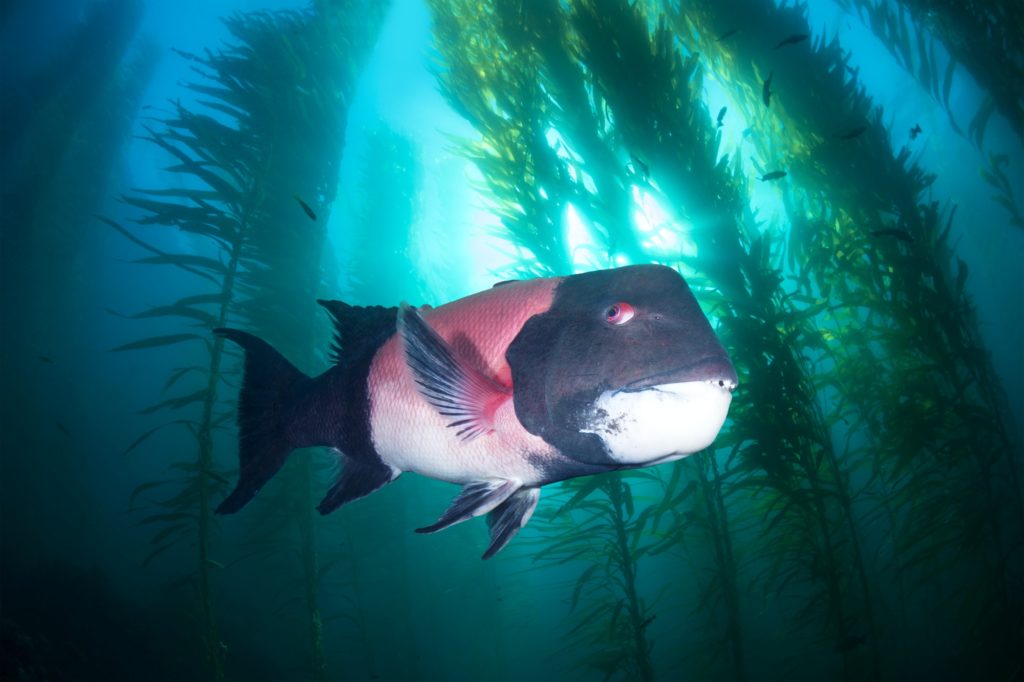
Helping coastal communities
As we have seen during the Covid-19 crisis, areas that were overdependent on tourism have greatly suffered.
Cultivating seaweed has proven to be very beneficial for coastal towns.
- It recreates a bond with the oceans
- It created a durable business that can be transmitted from generation to generation.
- It protects marine fauna, indirectly helping the fishing sector.
- By scaling up the seaweed industry, these communities can attract skilled workers, investors and more infrastructure.
- It can attract young workers who fled to work in the cities.
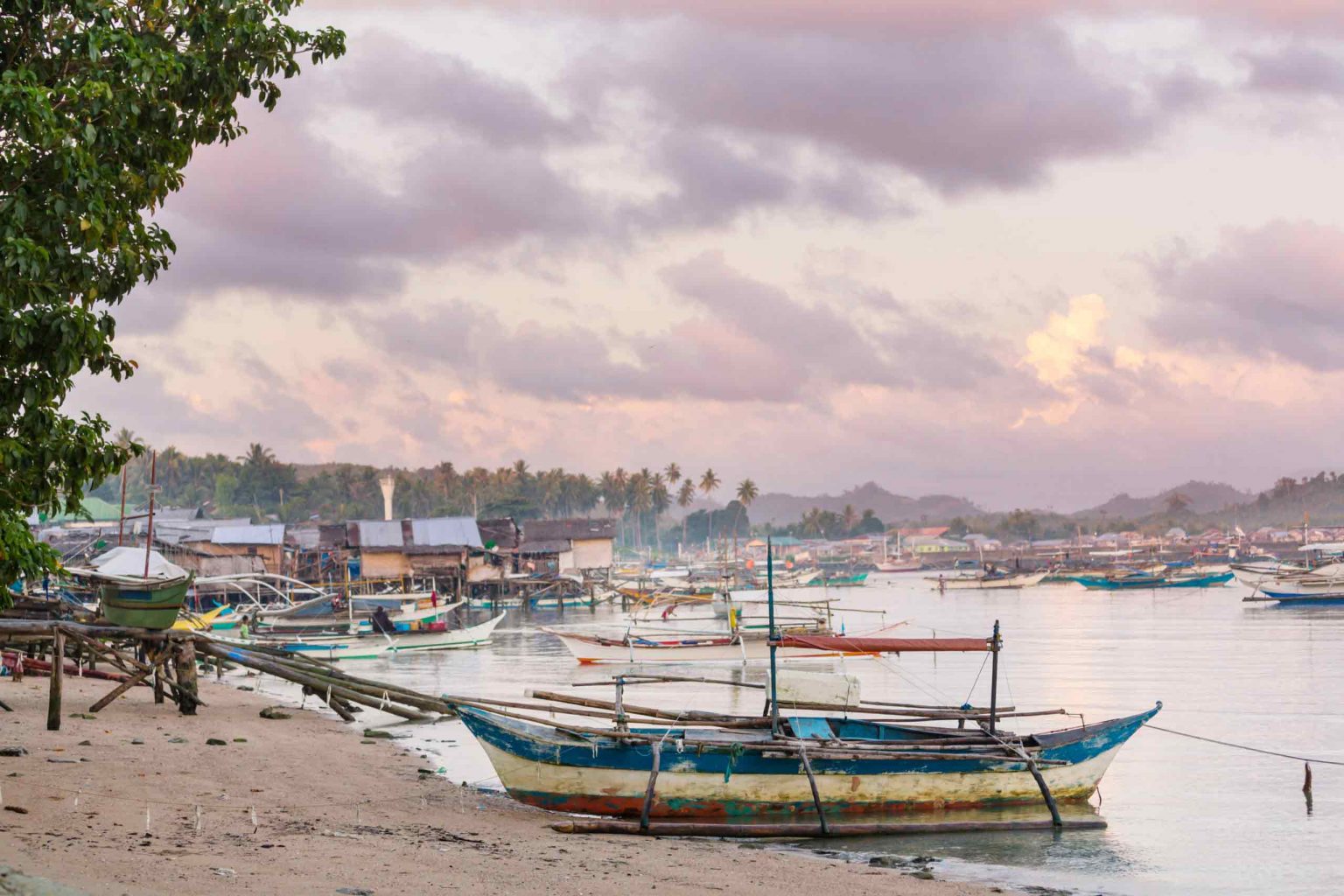
Empowering women
In coastal regions, seaweed has proven to be an industry generally employing women.
By allowing women to access durable employment, we can help them educate themselves longer, acquire professional skills and increase the income for each household.
